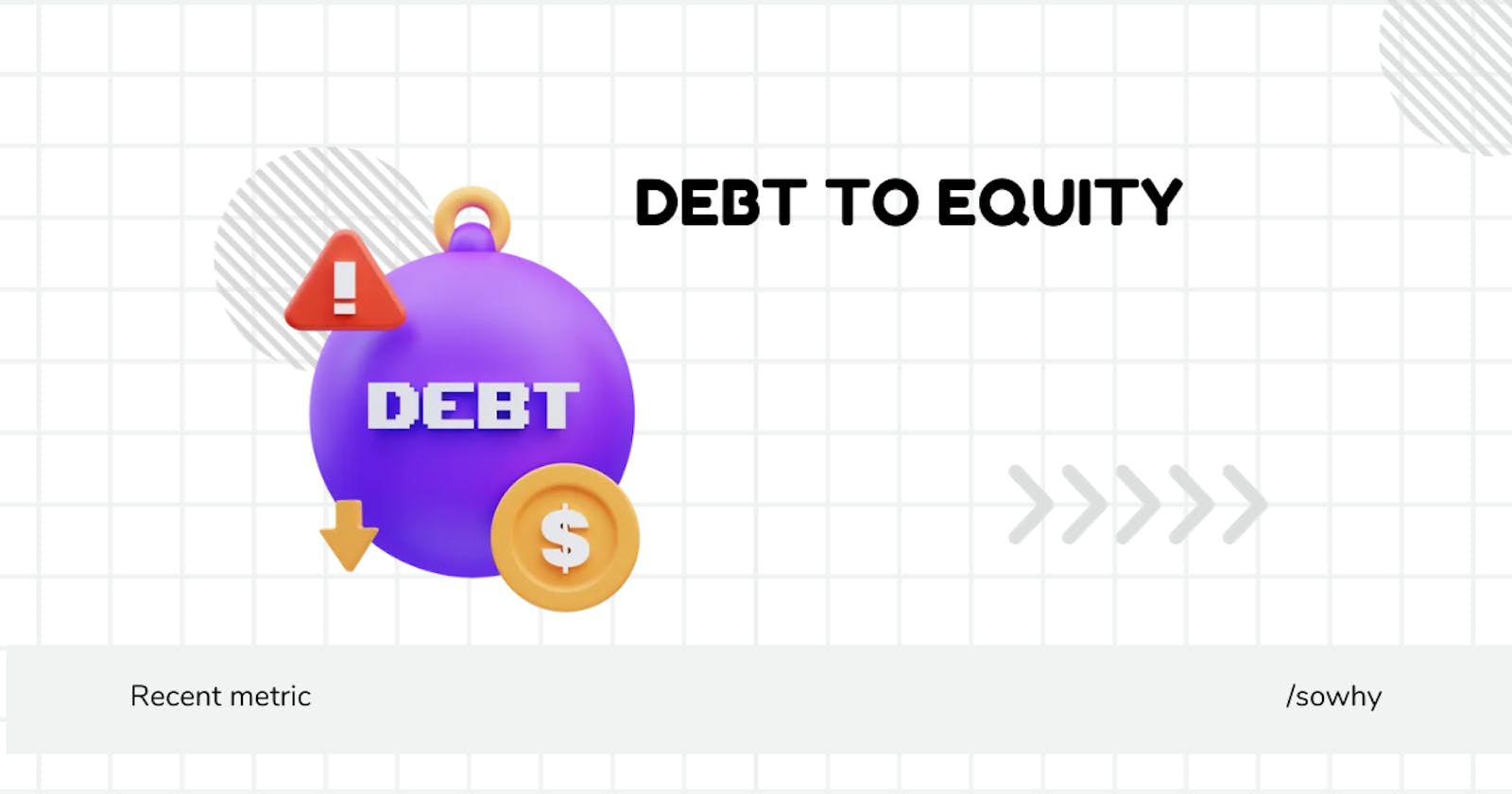Hey financial adventurers! 🚀 Today, let's unravel the financial maze of "Debt to Equity" – the ultimate seesaw that reveals how a company balances the weight of debt against the strength of its equity.
Formula: $$ {Debt to Equity} = \frac{\text{Total Debt}}{\text{Equity Shareholder Funds}} $$
Imagine it as a tightrope act, showcasing how much financial muscle a company is flexing compared to its debt load.
Scenario: Let's peek into "EcoSolutions Inc." where the total debt is $2 million, and equity shareholder funds stand at $5 million.
$$ {Debt to Equity} = \frac{2,000,000}{5,000,000} = 0.4 $$
So, EcoSolutions Inc. boasts a Debt to Equity ratio of 0.4, suggesting that for every dollar of equity, they're carrying 40 cents in debt.
Parameters:
- Total Debt: The financial backpack a company carries.
- Equity Shareholder Funds: The trusty sidekick that supports the company's financial superheroics.
Things to Remember:
- Risk Check: A higher ratio could mean more financial risk.
- Industry Benchmarks: Compare within the industry – every sector has its own financial balancing act.
- Historical Context: Track changes over time for a clearer financial narrative.
Best and Worst Values:
- Best Value: A lower Debt to Equity ratio is often considered financially healthier.
- Worst Value: A higher ratio might indicate financial stress or aggressive leveraging.
✨ Fun Fact: The concept of Debt to Equity has been weaving its financial spell since the early 20th century, providing a crucial gauge for investors.

